
Smarter email, faster business.
Trending
Comparing Rolls-Royce and General Electric Aircraft Engines
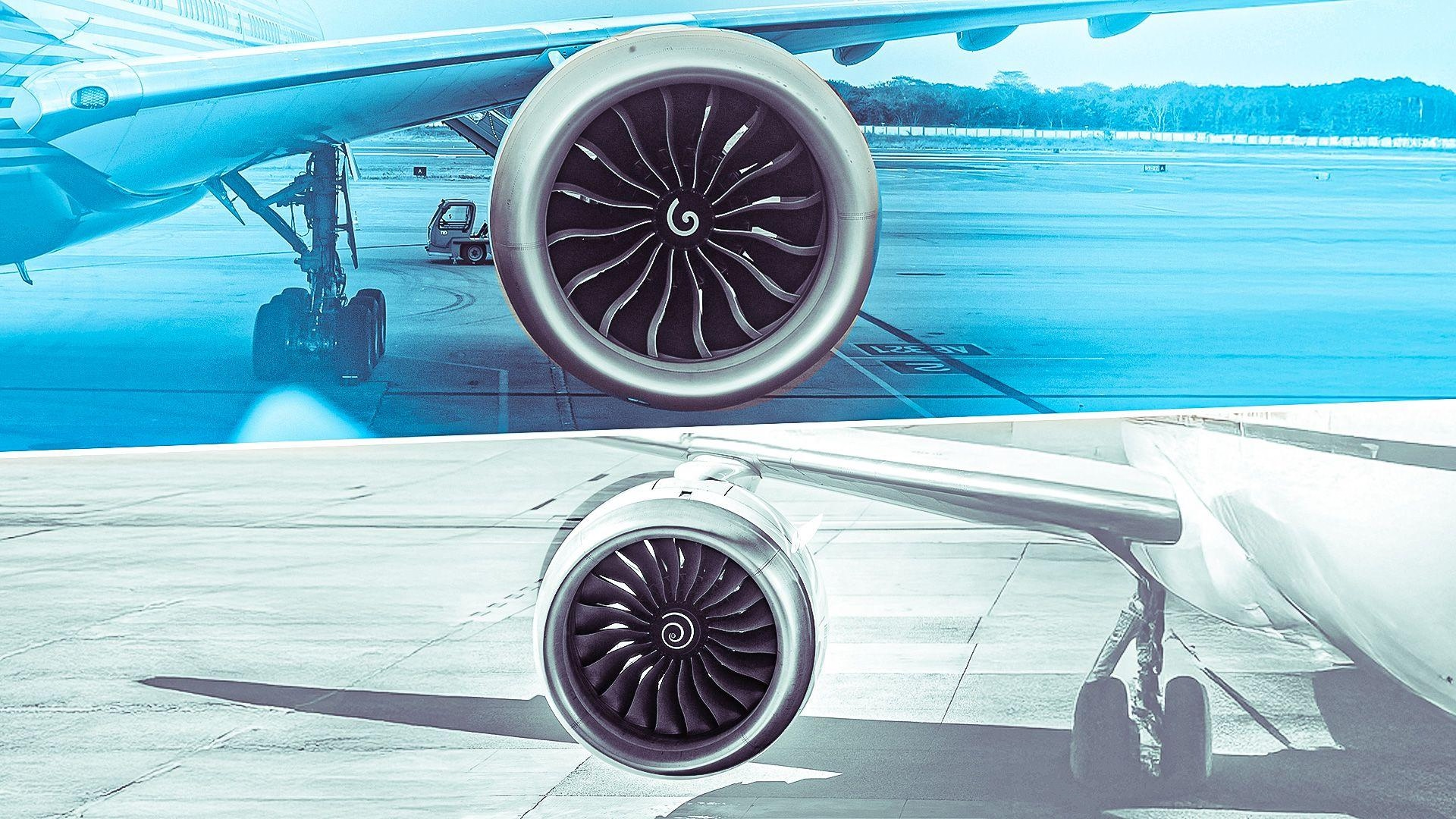
Comparing Rolls-Royce and General Electric Aircraft Engines
Industry Overview and Company Profiles
In the realm of modern widebody commercial aircraft propulsion, the United Kingdom’s Rolls-Royce and the United States’ GE Aerospace (formerly General Electric) stand as the foremost engine suppliers. While Pratt & Whitney maintains a historical presence in widebody engines, its strategic focus has shifted predominantly toward narrowbody aircraft, leaving Rolls-Royce and GE Aerospace as the dominant forces in the widebody market. France’s Safran, through its partnership with GE in the CFM International joint venture, primarily serves the narrowbody segment with engines such as the LEAP series.
Rolls-Royce, founded in 1906 and headquartered in London, is led by CEO Tufan Erginbilgic. Its key engine families include the Trent and Pearl series. GE Aerospace, based in the United States, offers prominent engines such as the GE90, GEnx, and the latest GE9X.
Engine Exclusivity and Aircraft Integration
The current generation of widebody commercial aircraft is exclusively powered by engines from either Rolls-Royce or GE Aerospace. Rolls-Royce’s Trent XWB engine is the sole powerplant for the Airbus A350, while GE’s GE9X has been selected exclusively for the forthcoming Boeing 777X. Rolls-Royce also exclusively powers the Airbus A330neo with its Trent 7000 engine, solidifying its position as the exclusive engine supplier for all Airbus widebody aircraft currently in production. Additionally, the Trent 1000 serves as one of two engine options for the Boeing 787 Dreamliner.
Conversely, GE Aerospace commands a significant presence within Boeing’s widebody lineup. The GE9X, anticipated to be the largest and most powerful commercial engine ever constructed with a thrust rating of 134,300 pounds, will power the 777X. The earlier generation 777 models are equipped with the GE90 engine. For the Boeing 787 Dreamliner, GE’s GEnx-1B engine is the preferred choice, powering the majority of the fleet.
Market Position and Future Deliveries
GE Aerospace maintains a commanding lead in the high-thrust engine segment, particularly on Boeing platforms. Rolls-Royce, meanwhile, emphasizes efficiency and technological innovation, especially through its Trent series. Despite these efforts, GE’s GEnx engine has secured the majority share of the Boeing 787 market, while Rolls-Royce’s Trent 1000 has encountered difficulties in expanding its market penetration.
Looking forward, Boeing’s order book includes five 777-300ER aircraft for Pakistan International Airlines, though their delivery remains uncertain, alongside 78 777F freighters, all slated to be powered by GE engines. The remaining 104 Boeing 767 orders pertain to freighter and military variants: 33 freighters will utilize the GE CF6 engine, while 71 military aerial refueling tankers will be equipped with Pratt & Whitney’s PW4000 engines.
Technical Comparison and Operational Challenges
Both Rolls-Royce and GE Aerospace produce highly advanced engine technologies. On the Boeing 787, the Rolls-Royce Trent 1000 features a 112-inch fan diameter and a bypass ratio of 10:1, the highest among Trent engines. In comparison, the GE GEnx-1B has a slightly smaller 111.1-inch fan diameter and a bypass ratio ranging from 8.0 to 9.0 at takeoff.
However, Rolls-Royce has faced significant challenges with the Trent 1000. In 2016, corrosion-related fatigue cracking was detected in the intermediate-pressure turbine blades, leading to widespread aircraft groundings and a costly global replacement program. Rolls-Royce responded by implementing design modifications and enhanced inspection protocols to restore confidence in the engine’s reliability.
Competitive Landscape
The competition between Rolls-Royce and GE Aerospace remains intense, with each company striving for technological leadership and increased market share in the widebody engine sector. GE’s dominance in high-thrust engines and its strong alignment with Boeing contrasts with Rolls-Royce’s focus on efficiency and innovation, particularly in partnership with Airbus. Both manufacturers continue to confront ongoing technical and market challenges as the industry evolves rapidly.
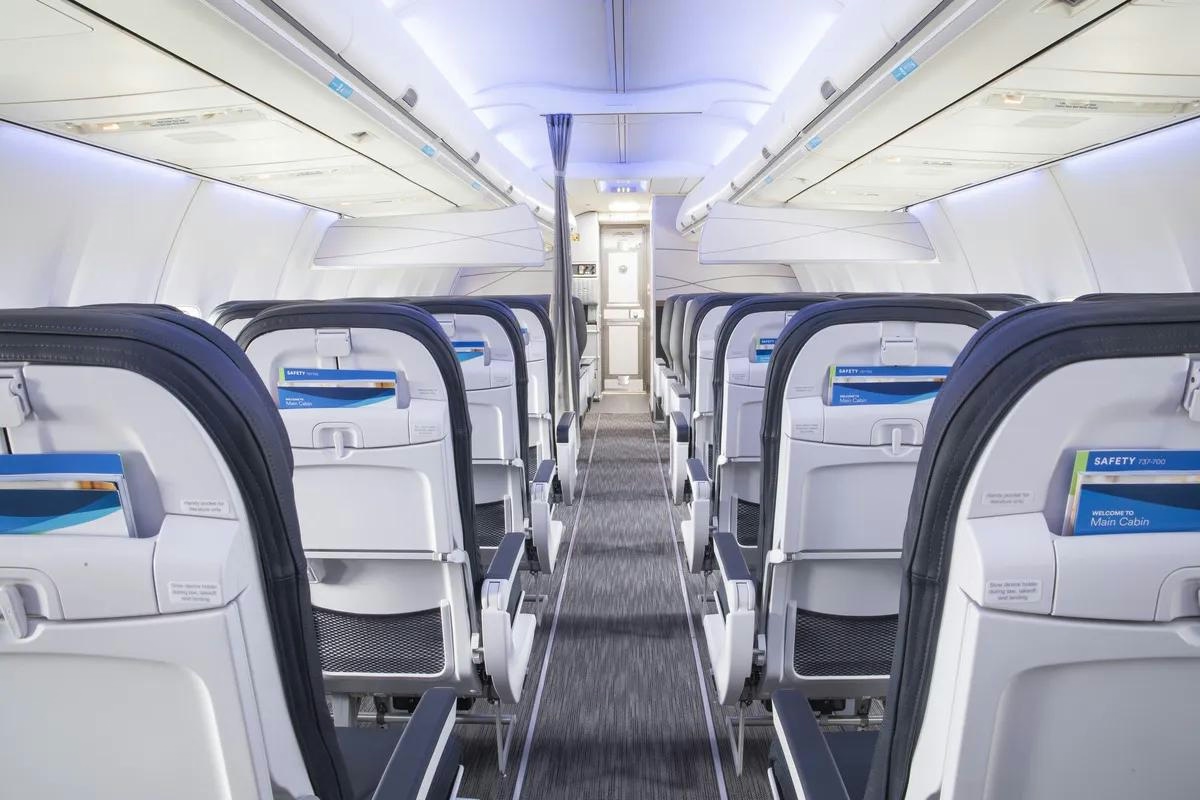
Key Questions on Chinese Travel, AI, and Airlines Answered by Skift
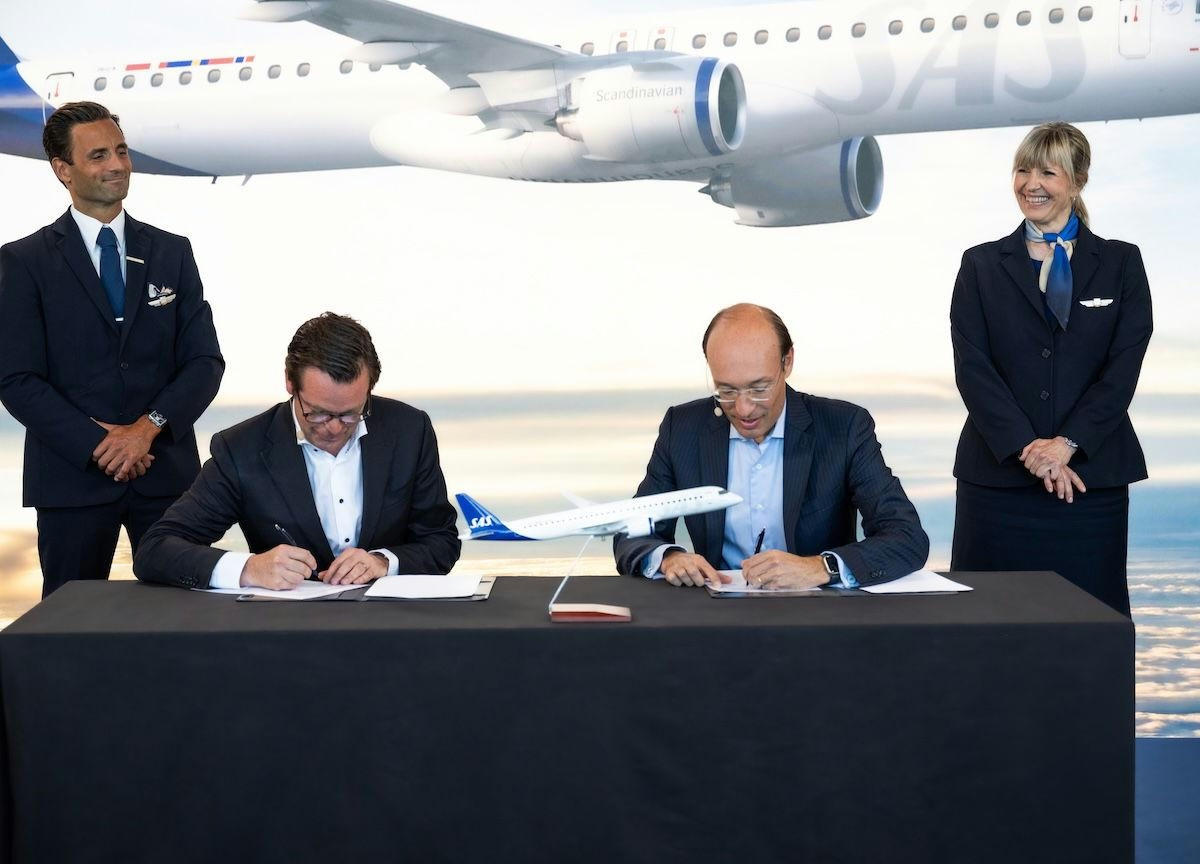
SAS Orders Up to 55 Embraer E195-E2 Jets

Portugal Hosts Aviation Pioneers at World Aviation Festival in Lisbon

World Star Aviation Backs XMAL’s First Lease Deal with easyJet
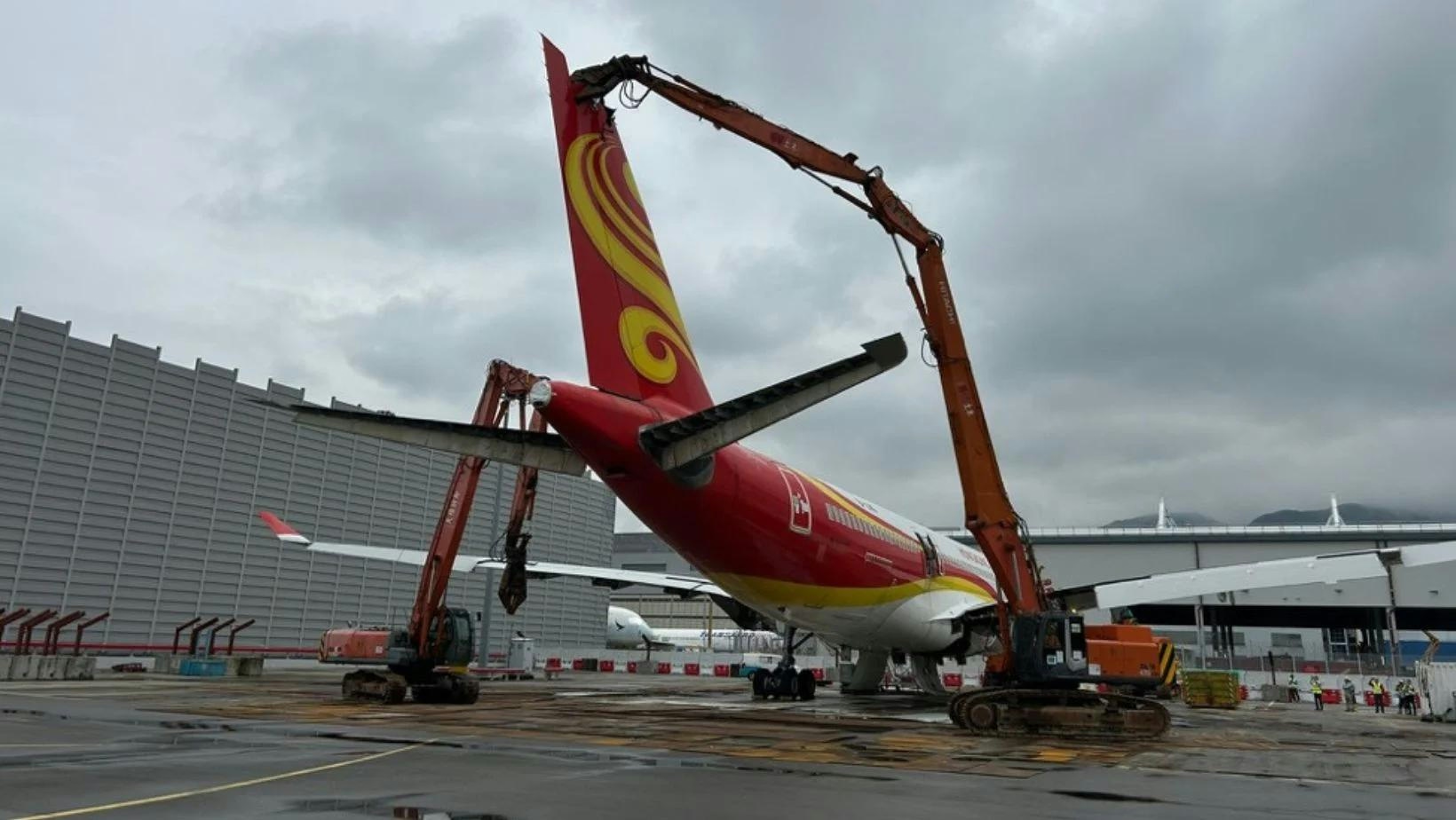
AerFin Conducts First Aircraft Disassembly at Hong Kong Airport
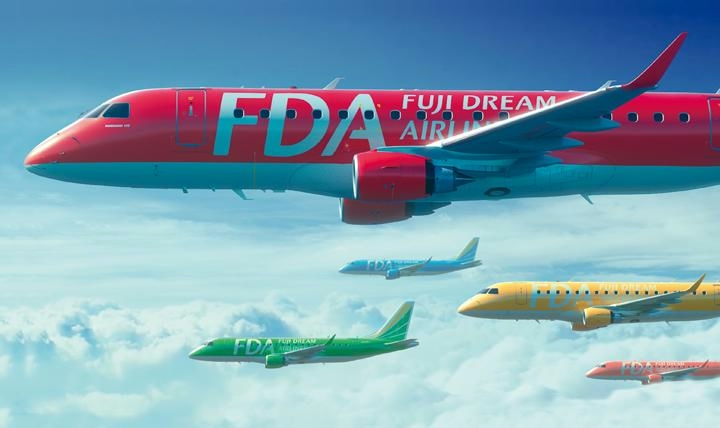
Fuji Dreams Airlines Renews Contract with IBS Software

Prague Airport Advances Traveler Experience Through Technology
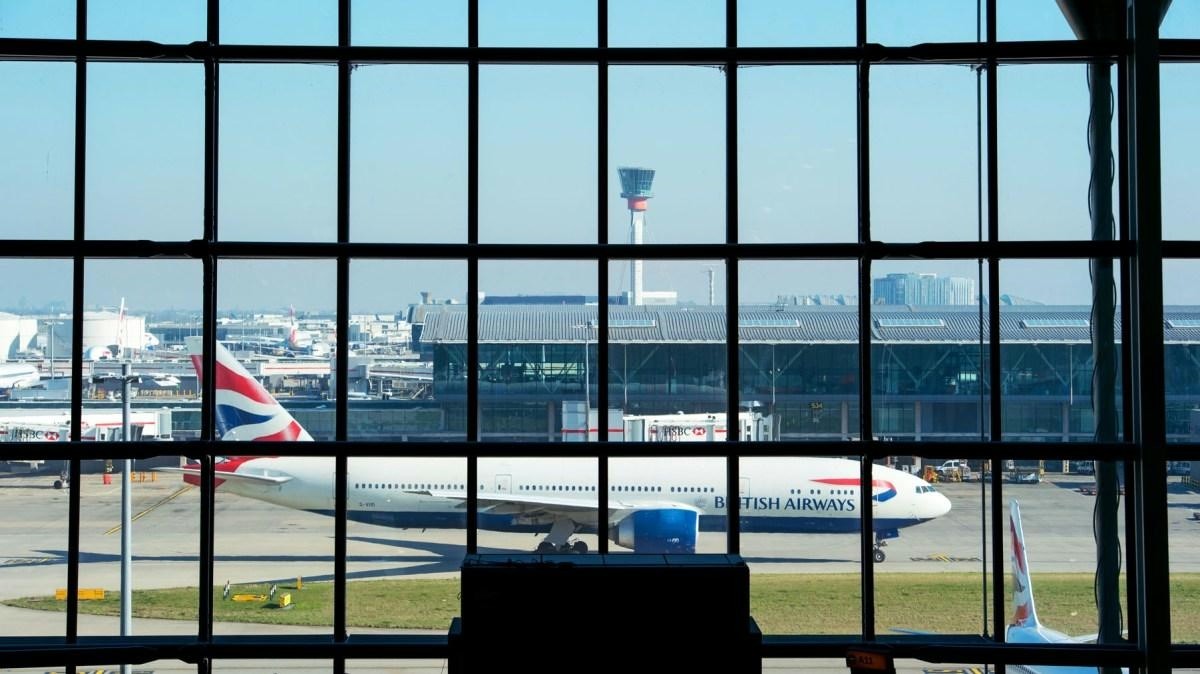
British Airways Employs AI to Reduce Delays and Cancellations
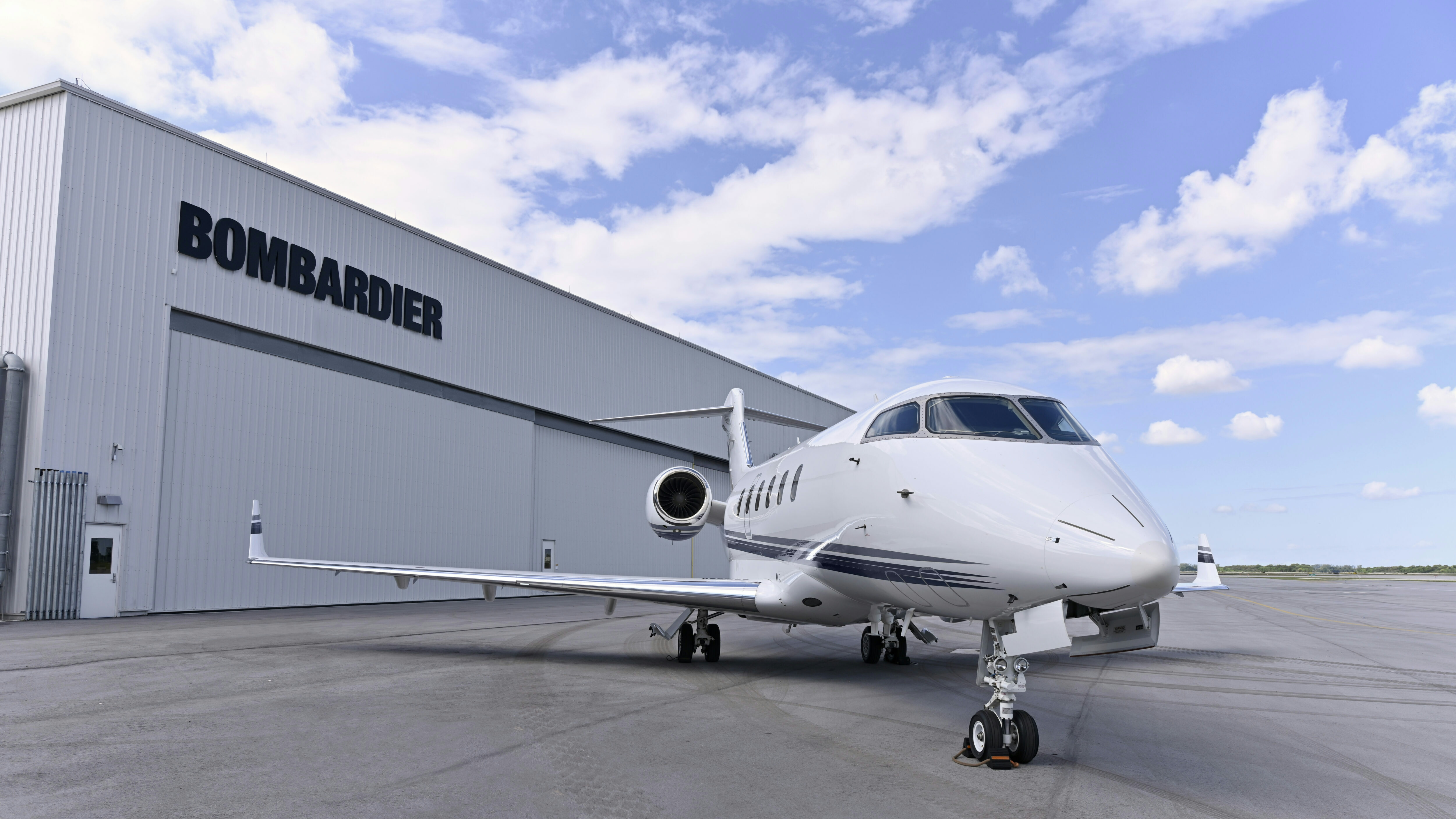
Bombardier's $1.7 Billion Deal Signals the Power of Long-Term Service Partnerships in Aviation
